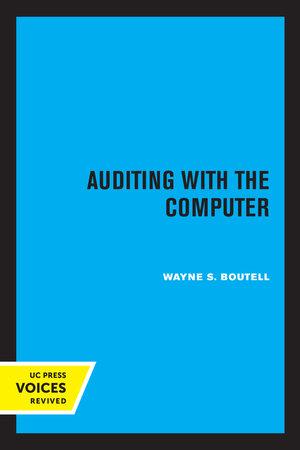

3. Calculate the implied two-year per annum zero coupon rate (on an actual/actual basis) given the following information: 2-year Libor deposit rate: 2.60% 12 x 18 month FRA rate: 2.65% (181 day period) 18 x 24 month FRA rate: 2.80% (184 day period) 5. You work in the treasury department of a global consulting company that typically invoices its customer bills in local currency. One of your company's consulting teams has been working on a project in Turkey that you expect will be completed within six months, at which time you expect to bill your client 26 million lira. You are concerned that the lira will depreciate over the next six months and have decided to consider using currency futures contracts as a hedge. You collect the following data: S[TRY/USD) = 6.4415 June 20 Sept. 20 TRY futures contract prices: 6.4590 6.7100 Open interest (# of contracts:) 147,000 17,300 Contract notional amount: USD 200,000 Minimum tick size: .0001 lira per U.S. dollar = 20 lira per contract) Note: this contract is quoted in Turkish lira per U.S. dollar] (a) Using the September contract, calculate the amount of contracts you would use if you employed (i) a naive hedge and (ii) a delta hedge approach to minimize the difference in the change in the value of this hedge with the change in the value of the TRY 26 million receivable. Specify if you would buy or sell these contracts. (b) Assume the six month period described above extends at least one month beyond the maturity date of the September 2020 contract. Give two reasons why you might still choose to use the June contract instead of the September contract and describe what transactions you would execute in early June assuming you still wanted to maintain the hedge. 3. Calculate the implied two-year per annum zero coupon rate (on an actual/actual basis) given the following information: 2-year Libor deposit rate: 2.60% 12 x 18 month FRA rate: 2.65% (181 day period) 18 x 24 month FRA rate: 2.80% (184 day period) 5. You work in the treasury department of a global consulting company that typically invoices its customer bills in local currency. One of your company's consulting teams has been working on a project in Turkey that you expect will be completed within six months, at which time you expect to bill your client 26 million lira. You are concerned that the lira will depreciate over the next six months and have decided to consider using currency futures contracts as a hedge. You collect the following data: S[TRY/USD) = 6.4415 June 20 Sept. 20 TRY futures contract prices: 6.4590 6.7100 Open interest (# of contracts:) 147,000 17,300 Contract notional amount: USD 200,000 Minimum tick size: .0001 lira per U.S. dollar = 20 lira per contract) Note: this contract is quoted in Turkish lira per U.S. dollar] (a) Using the September contract, calculate the amount of contracts you would use if you employed (i) a naive hedge and (ii) a delta hedge approach to minimize the difference in the change in the value of this hedge with the change in the value of the TRY 26 million receivable. Specify if you would buy or sell these contracts. (b) Assume the six month period described above extends at least one month beyond the maturity date of the September 2020 contract. Give two reasons why you might still choose to use the June contract instead of the September contract and describe what transactions you would execute in early June assuming you still wanted to maintain the hedge








